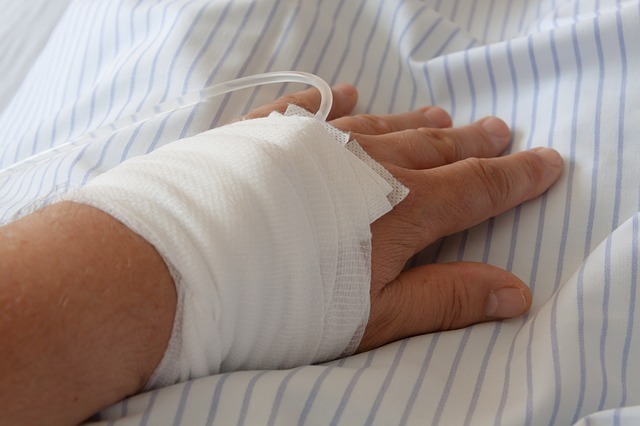
The United States experiences approximately half a million medical-error-related deaths annually. The 9th leading cause of those cases are related to infusion confusion and lookalike infusion tubing. MedLite ID eliminates infusion confusion by providing indicators with built-in wireless light technology that lights the medication infusion line from bag to connector to patient.
“Medication delivery errors and delays in identifying the main medication IV line are two significant problems in the care of even moderately complicated patients,” said Dr. Gregory J. Schears, M.D., a professor of anesthesiology in Rochester, Minnesota. “MedLite ID helps to quickly identify the main medication line reducing both line confusion and delays in providing critical medications.”
A five-part study1 from the Ontario Health Technology Assessment Series found that administering and managing multiple IV infusions is a very complex and risk-prone activity; however, when a patient requires multiple IV infusions, targeted interventions can reduce identified risks. A study by Kane-Gill found each additional IV medication increased the likelihood of an adverse drug event by 3 percent. The OHTAS study mentions some patients had as many as 15 simultaneous infusions — meaning these patient’s risk of an adverse drug event could increase to 45 percent.
The Ontario studies resulted in 12 recommendations to improve care and reduce the risks associated with multiple infusions. One of the recommended interventions includes ensuring the primary medication line is clearly identified and differentiated from all other lines; in fact, they specifically tested a light-linking prototype that lit the medication line. While the prototype was not refined, nurses testing the lighted line said they liked having a tracing aid using light, particularly during an emergency.
“MedLite ID is a simple solution enabling medical professionals to accurately and efficiently identify a single medication infusion line against similar infusion lines in any light setting. Importantly, during night shifts, they can do this quickly with less disruption to the patient,” said Rodney Schutt, CEO of MedLite ID. “The wireless device is activated by pressing any of the three small, clear plastic lights. With devices located near the drip chamber, connection to the IV catheter and one at the main needless connector for giving IV medications or infusions – lighting up the entire line and ensuring it is easily identifiable. Day or night one can quickly find the correct medication infusion line for medication delivery, saving time and reducing stress, especially in critical patient situations.”
Dixie State University President, Dr. Richard B. Williams, emphasized the importance of this collaboration. “Partnering with MedLite ID and Notre Dame on this initiative allows us to accelerate commercialization of medical technologies that can improve healthcare delivery and outcomes as well as generate economic development and growth for the St. George community,” said Williams. The Atwood Innovation Plaza has already produced over 90 patents and supported and launched several small businesses.
Notre Dame Vice President of Innovation and Associate Provost at the IDEA Center, Bryan Ritchie agrees. “Each of our organizations brings with it a unique set of skills and capabilities. By working together, we can speed the time to market on an important solution that will make real advances in reducing medical errors related to multiple infusions.”
Each MedLite ID device is unique to its individual medication infusion line and cuts the process of infusion line identification to mere seconds. This saves medical professionals precious time while also drastically mitigating risk, reducing stress, ensuring better care and outcomes for patients.
Early adoption of the MedLite ID include the intensive care unit, pediatric intensive care unit, oncology and OR. Additional applications will include cardiac care units, emergency departments and during transport of critically ill patients.
Source: Company Press Release.






